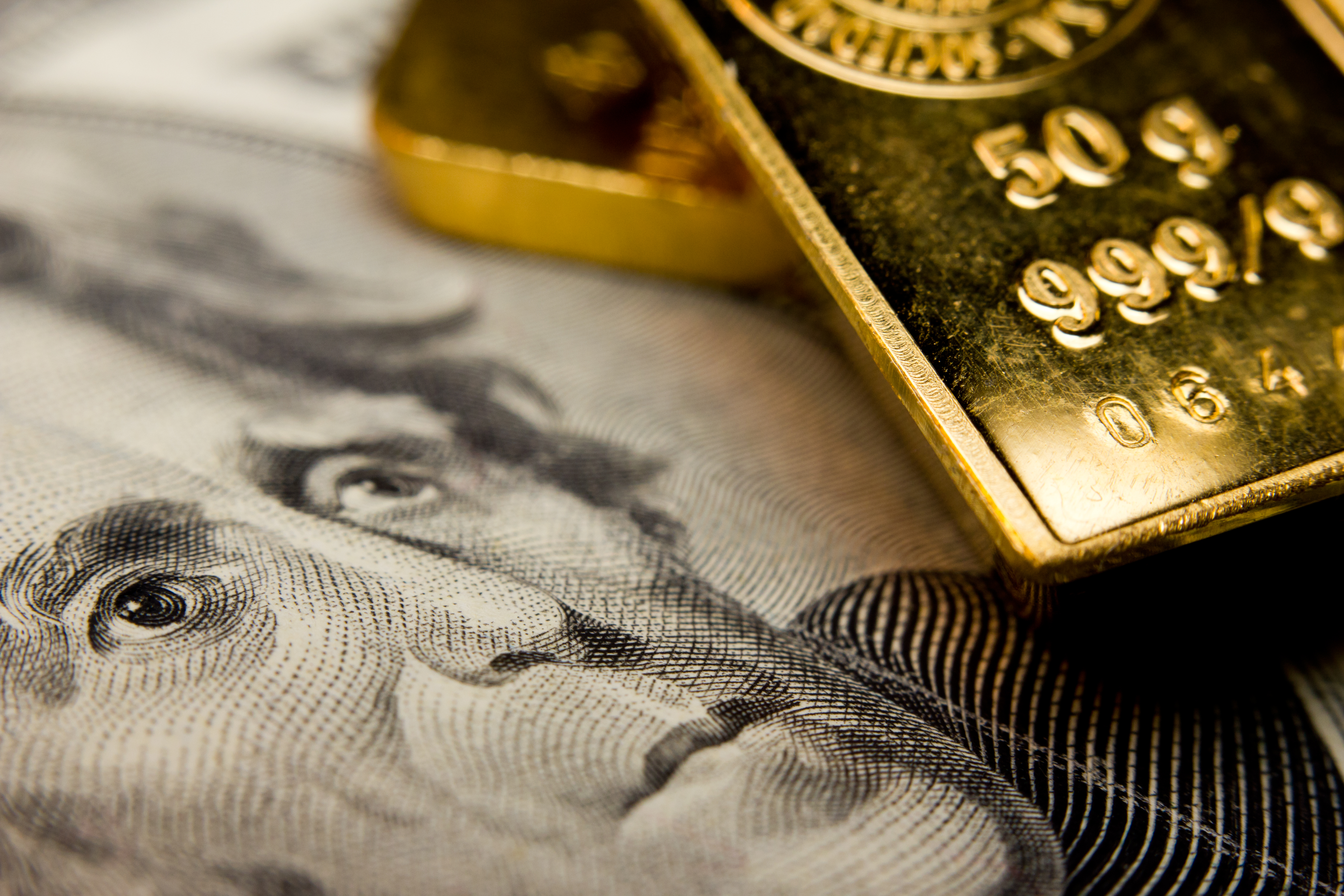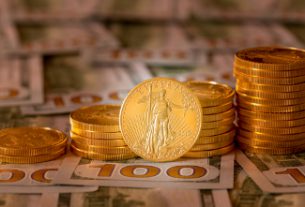While the United States has long been off the gold standard, the relationship between the US dollar and gold remains. The strength of the dollar is one factor that many investors take into account when making their investments, particularly when they decide to make investments in gold.
Gold plays an important part in the investment portfolios of millions of investors around the world. Investors in the US pay particularly close attention to the value of gold vs. the dollar, as a weakening dollar means that gold will often increase in price. Keeping track of the relationship between gold and the dollar can be crucial to making the right investment decisions and maximizing the impact of investing in gold.
The Value of Gold: A History
Gold has been used as a currency for thousands of years, although it was often only used for high-level and large sum transactions. The modern gold standard dates back to the United Kingdom in the early 19th century, as the growing British Empire demonstrated the numerous advantages of the gold standard. But it was only in the late 19th century as economic development surged throughout Europe and the Americas that the gold standard really blossomed and gold became more available to the average person.
The United States came to the gold standard relatively late, only formally adopting it in 1900, although the country had been on an informal gold standard since the 1870s. The country remained on the gold standard until 1933, when President Franklin Delano Roosevelt nationalized all gold holdings and banned the private ownership of gold, a ban that lasted until 1975.
Because the US dollar was still backed by gold, it became the world’s reserve currency, displacing the British pound. In the aftermath of World War II, the Bretton Woods financial system set up the US dollar as the world’s official reserve currency, as its gold backing meant that the dollar was as good as gold. There was no question of the dollar vs. gold, as they were supposed to be the same thing.
Unfortunately, successive governments took advantage of that trust and printed more dollars than there was gold to back them. That resulted in foreign countries redeeming their dollar holdings for gold, and the market value of gold rising above the US government’s official $35/ounce gold price valuation.
By the early 1970s it looked as though foreign government gold redemption would result in the US Treasury giving away all of its gold. As a result, President Nixon closed the gold window in 1971, thus severing the last official relationship between the dollar and gold. This time when it came to the dollar vs. gold, the government chose the paper dollar and abandoned gold.
Gold vs. the US Dollar
From 1971 onward, gold has been a freely floating market asset, able to rise and fall with supply and demand. But as the gold supply increases only at a very low rate, and demand constantly increases, gold’s price growth has been steadily upward since then.
The gold price is now affected by the value of the dollar, but in an inverse relationship. As the dollar weakens, the gold price increases. And as the dollar strengthens, the gold price decreases. But as the Federal Reserve System continues creating more and more money and credit, the long-term trend for the dollar is expected to weaken, while the long-term trend for gold is to strengthen. As long as a central bank exists that creates money out of thin air, the gold price vs. the dollar will only increase over time.
What Affects the Price of Gold?
Monetary policy isn’t the only factor affecting the price of gold, however. While gold mining gets more expensive every year, mine production does contribute a small amount of extra gold supply each year. Recycling gold from used electronics also contributes to the gold supply, which is crucial for a metal that is in demand not only from investors but also from industry.
Ultimately, industrial demand is not the primary factor affecting overall gold demand. The majority of gold demand comes from the investment sector and from jewelers, with significant overlap between the two. In countries such as India and China, gold jewelry is a popular investment choice, whereas in the West investors generally prefer gold bars or gold coins.
New financial products such as exchange-traded funds (ETFs) also affect gold demand, as these new funds have to purchase and hold gold in order to back the shares they sell to investors. And as the world economy teeters on the brink of a recession, investor demand for gold looks set to increase significantly in the coming years.
International Value of the US Dollar vs. Gold
The dollar’s value versus foreign currencies also plays a role in gold demand and the gold price. As the dollar weakens against other currencies, those other currencies get stronger, and vice versa. A strong dollar means that the dollar buys more of another currency, while a weak dollar buys less of another currency.
As the dollar weakens, it results in the foreign currency price of gold lowering, leading to increased gold demand in foreign countries. As the dollar strengthens, it results in the foreign currency price of gold increasing, thus leading to decreased gold demand in foreign countries.
Consider the example of a fictitious currency called the xebu that trades at 10:1 versus the dollar – that is, one dollar purchases ten xebus. At a gold price of $1,500 per ounce, it would take 15,000 xebus to buy an ounce of gold. If the dollar weakens so that the xebu exchange rate is 8:1, it now only takes 12,000 xebus to buy an ounce of gold. If the dollar strengthens so that the exchange rate is 12:1, it takes 18,000 xebus to buy an ounce of gold.
We see that if the dollar weakens against a foreign currency it can lead to rising foreign gold demand (which can help boost the gold price in dollars), while if the dollar strengthens it can lead to falling foreign gold demand. In particular, the relationship between the dollar and the Chinese yuan and Indian rupee are the most important exchange rates to look at, as China and India are two of the world’s largest markets for gold.
How to Make Smart Gold Investments
It’s important for investors to make the right kind of investments when they decide to invest in gold. Often the right type of gold investment for investors is dependent on how much money they want to invest and how they’re sourcing those funds.
For investors who have less than $25,000 to invest, or whose assets are held in brokerage accounts, savings accounts, or money market funds, they may want to think about investing in physical gold coins or bars that they store themselves. A $5,000 investment, for instance, equals about three one-ounce gold coins. That kind of investment can be stored safely and securely in a home safe.
For investors who have funds stashed away in retirement accounts such as a 401(k), 403(b), or TSP account, a gold IRA is a good option to invest in gold. Investors can perform a gold IRA rollover, allowing them to roll over some or all of their retirement savings into gold without tax consequences. That makes sense for investors who have $25,000 to $50,000 or more that they want to protect from stock market or bond market losses.
Learn More About Gold Investments With Goldco
If you want to learn more about how you can protect your investment portfolio by investing in gold, contact the experts at Goldco today. Our gold IRA specialists can help you navigate the world of precious metals so that you can make the right decision that will maximize your financial gains and keep your assets safe. Don’t wait any longer, contact Goldco today to find out how you can make gold a vital part of your retirement planning.
This article was originally posted on Goldco.





